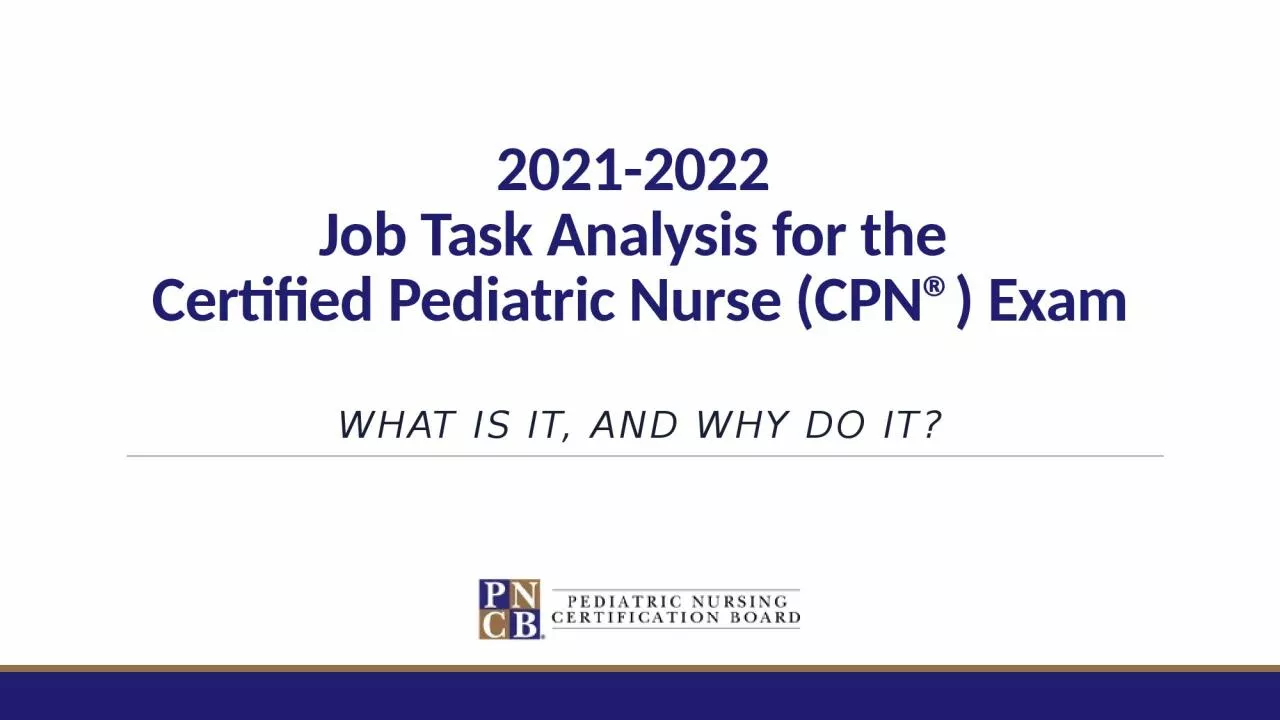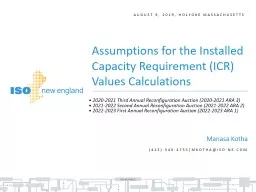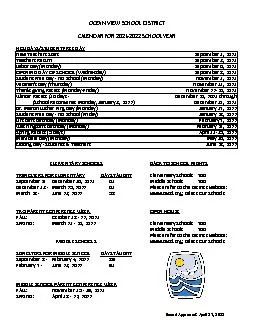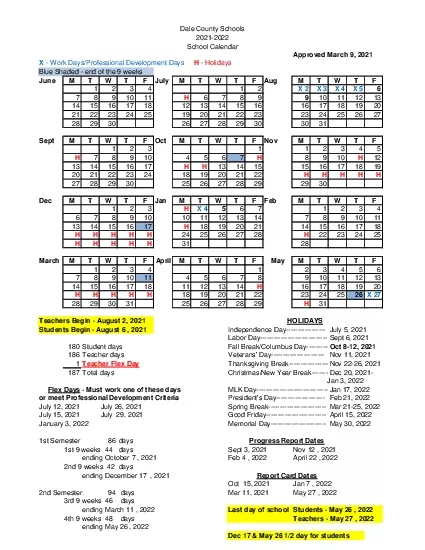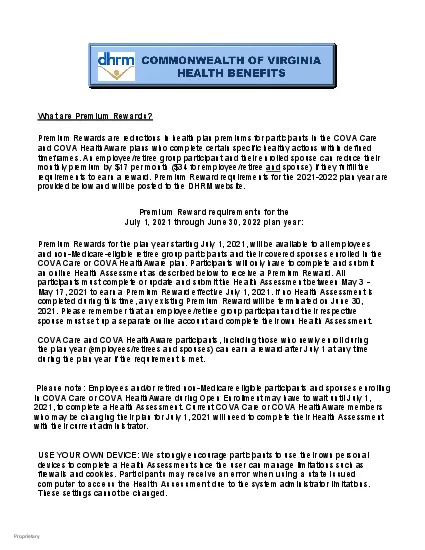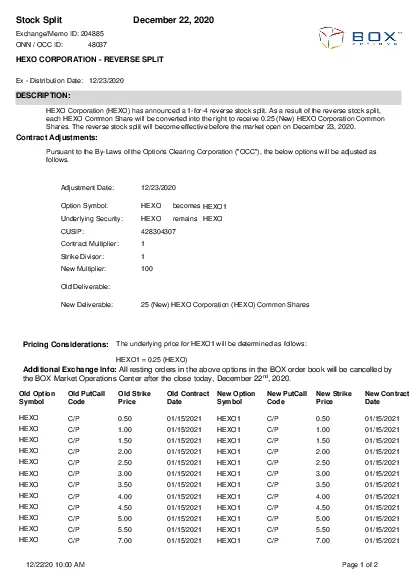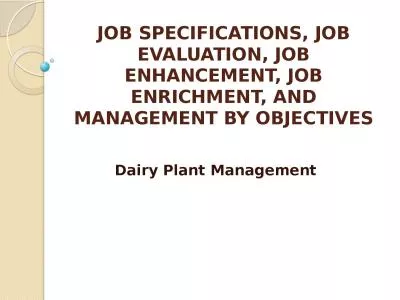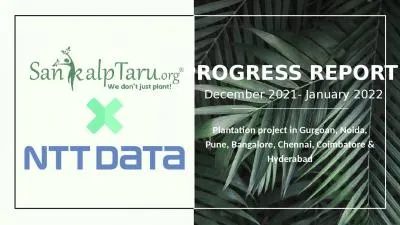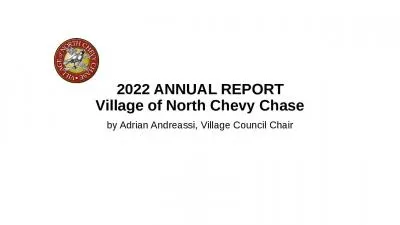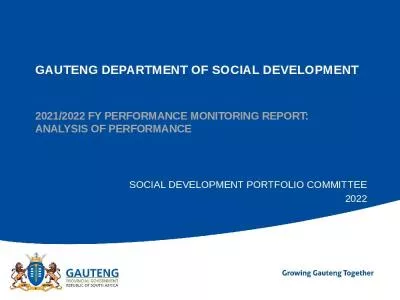PPT-2021-2022 Job Task Analysis for the
Author : alis | Published Date : 2024-03-13
Certified Pediatric Nurse CPN Exam What is it and why do it Purpose of the Study The goals of this JTA were to develop updated test specifications and a detailed
Presentation Embed Code
Download Presentation
Download Presentation The PPT/PDF document "2021-2022 Job Task Analysis for the" is the property of its rightful owner. Permission is granted to download and print the materials on this website for personal, non-commercial use only, and to display it on your personal computer provided you do not modify the materials and that you retain all copyright notices contained in the materials. By downloading content from our website, you accept the terms of this agreement.
2021-2022 Job Task Analysis for the: Transcript
Download Rules Of Document
"2021-2022 Job Task Analysis for the"The content belongs to its owner. You may download and print it for personal use, without modification, and keep all copyright notices. By downloading, you agree to these terms.
Related Documents

